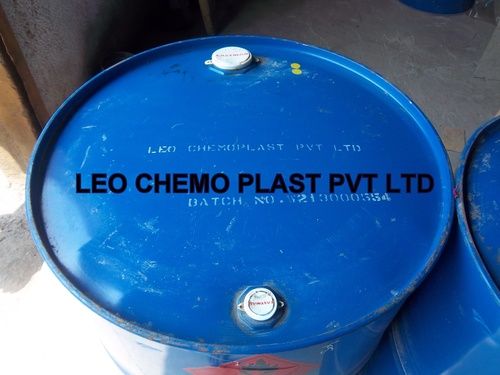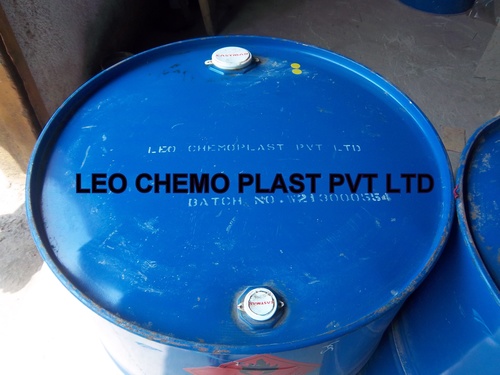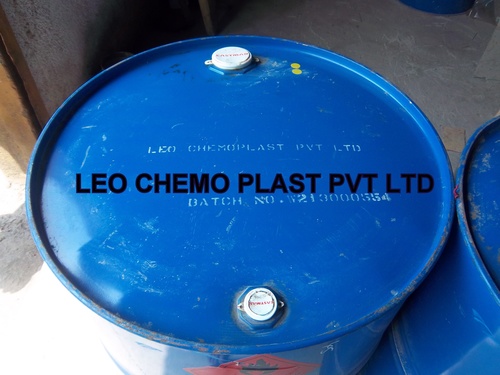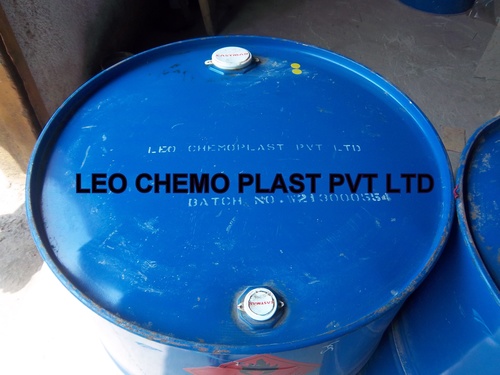L-(+)-Tartaric acid
L-(+)-Tartaric acid Specification
- Molecular Formula
- C4H6O6
- HS Code
- Not provided in the image
- Structural Formula
- HOOC-CHOH-CHOH-COOH
- Taste
- Acidic taste
- Smell
- Odorless
- Molecular Weight
- 150.09 g/mol
- Refractive Rate
- Not provided in the image
- Boiling point
- Not provided in the image
- Classification
- Not provided in the image
- Organic Acid Types
- Carboxylic Acid
- Inorganic Acid Types
- Not provided in the image
- Grade
- Not provided in the image
- Purity
- Not provided in the image
- Application
- Not provided in the image
- Appearance
- Not provided in the image
- CAS No
- Not provided in the image
- EINECS No
- Not provided in the image
- Other Names
- L-Tartaric acid
- Usage
- Primarily in food and beverage as an additive; in pharmaceuticals and industrial applications
- Melting Point
- Not provided in the image
- Density
- Gram per cubic centimeter(g/cm3)
- Solubility
- Soluble in water
- Raw Material
- Not provided in the image
About L-(+)-Tartaric acid
The L-(+)-tartaric acid isomer of tartaric acid is industrially produced in the largest amounts. It is obtained from lees, a solid byproduct of fermentations. The former byproducts mostly consist of potassium bitartrate (KHC4H4O6). This potassium salt is converted to calcium tartrate (CaC4H4O6) upon treatment with milk of lime (Ca(OH)2): [19]
KO2CCH(OH)CH(OH)CO2H + Ca(OH)2 Ca(O2CCH(OH)CH(OH)CO2) + KOH + H2O
In practice, higher yields of calcium tartrate are obtained with the addition of calcium chloride. Calcium tartrate is then converted to tartaric acid by treating the salt with aqueous sulfuric acid:
Ca(O2CCH(OH)CH(OH)CO2) + H2SO4 HO2CCH(OH)CH(OH)CO2H + CaSO4
KO2CCH(OH)CH(OH)CO2H + Ca(OH)2 Ca(O2CCH(OH)CH(OH)CO2) + KOH + H2O
In practice, higher yields of calcium tartrate are obtained with the addition of calcium chloride. Calcium tartrate is then converted to tartaric acid by treating the salt with aqueous sulfuric acid:
Ca(O2CCH(OH)CH(OH)CO2) + H2SO4 HO2CCH(OH)CH(OH)CO2H + CaSO4
FAQs of L-(+)-Tartaric acid:
Q: What is the molecular formula of L-(+)-Tartaric acid?
A: The molecular formula of L-(+)-Tartaric acid is C4H6O6.Q: What is the taste of L-(+)-Tartaric acid?
A: L-(+)-Tartaric acid has an acidic taste.Q: In which industries is L-(+)-Tartaric acid primarily used?
A: L-(+)-Tartaric acid is primarily used in food and beverage as an additive, in pharmaceuticals, and in industrial applications.Q: Is L-(+)-Tartaric acid soluble in water?
A: Yes, L-(+)-Tartaric acid is soluble in water.Q: What are some other names for L-(+)-Tartaric acid?
A: L-(+)-Tartaric acid is also known as L-Tartaric acid.
Tell us about your requirement

Price:
Quantity
Select Unit
- 50
- 100
- 200
- 250
- 500
- 1000+
Additional detail
Mobile number
Email

 Send Inquiry
Send Inquiry






 Send Inquiry
Send Inquiry Send SMS
Send SMS